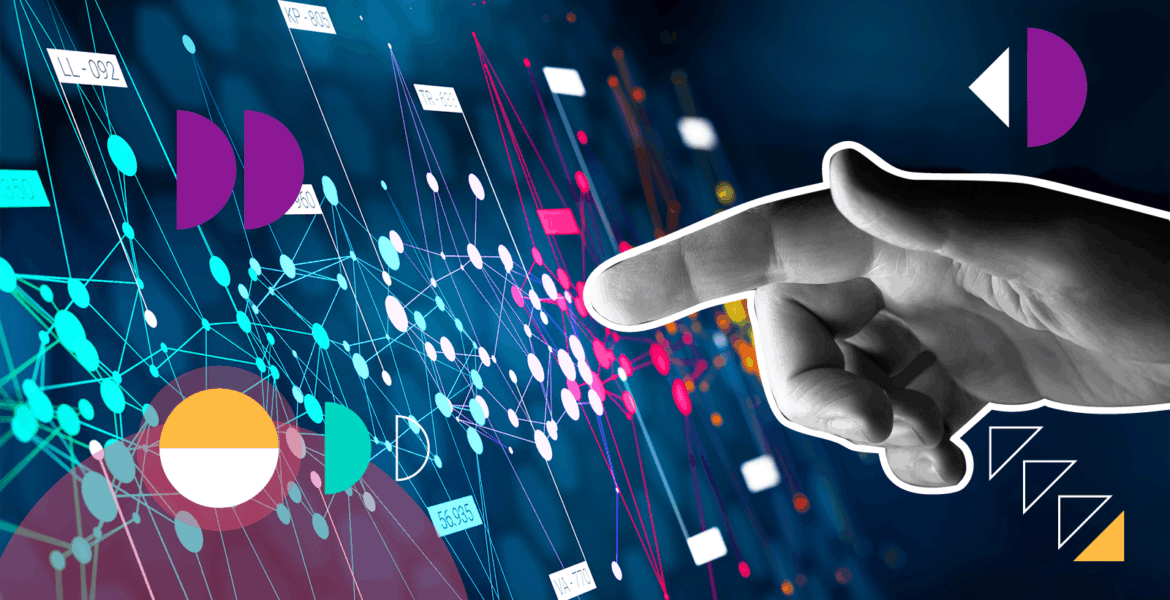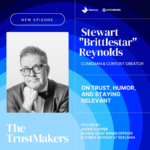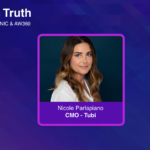By Tomas Vasiliauskas, Founder of Agenica.ai
For decades, the world’s biggest brands have had an unfair advantage in marketing – not just because of massive budgets, but because of something most others lack: insights. Competitive intelligence. Real-time data about what’s working in the market and why.
I used to think the gap between a local DTC brand and a global giant like Nike came down to ad spend. But that belief changed three years ago, when I met a senior marketing executive from one of the Big Four consulting firms at an innovation conference.
I asked her, “Why can’t small brands out-market the giants?” I expected her to say what everyone says: bigger budgets, better creative, more reach.
But her answer surprised me.
“It’s not just budget,” she said. “It’s insights.”
She explained that Fortune 500 companies have entire departments dedicated to media intelligence – constantly tracking competitor activity, identifying patterns, and reverse-engineering successful campaigns. It’s not a creative guessing game. It’s strategy, powered by information.
What Is a Media Insights Department, Anyway?
At the world’s biggest brands, guesswork in marketing is nearly nonexistent. Every major decision from campaign concepts to media planning is grounded in data.
Here’s how it typically works:
- Media insights teams track and analyze what’s happening across the industry – which campaigns are performing well, what competitors are doing, and which creative strategies are driving engagement.
- Marketing and creative teams then use those findings as inspiration – adapting successful ideas, identifying patterns, and building campaigns based on what’s already proven to work.
- Budgets follow strategy. When the data backs the direction, leadership is more confident investing heavily.
This kind of insights-driven workflow is standard for Fortune 500 companies and it’s highly effective. They’re not just creative, they’re strategic.
Now compare that to most small or mid-sized brands: often, a single marketer is juggling Meta Ads Manager, Google Analytics, and an Excel spreadsheet – with little time, tools, or support to run deep competitive analysis.
The result? Less confidence, slower decisions, and more guesswork.
So How Does AI Democratize a Function That Was Once Reserved for the Fortune 500?
Imagine having the ability to:
- See, in real time, how much your competitors are spending on different channels
- Identify what audiences they’re targeting and what content is driving the most engagement in your vertical
- Uncover their creative patterns, influencer partnerships, and timing strategies
- Pinpoint gaps or weaknesses in their campaigns and get instant recommendations on how to capitalize on them
And now, imagine doing all of that without a 20-person media insights department.
AI is lowering the barrier to sophisticated marketing strategy, but only for those who know how to adopt and integrate it. While some independent marketers and smaller teams are embracing AI-powered assistants, many others are stuck using outdated tools or lack the training to implement new systems.
AI media intelligence flips that. Instead of guessing what kind of creative might work, you can see what’s working in your vertical right now.
For example, a DTC skincare brand might notice that a competitor just launched a TikTok campaign emphasizing ingredient transparency, and it’s driving notably higher engagement than their usual product-focused ads. With AI media intelligence, that insight could surface within hours – allowing the team to quickly adjust their own messaging before the trend peaks.
Automation, Inequality, and the New Digital Divide
This creates a new kind of divide. It’s no longer just budget vs. no budget. It’s automated vs. manual. AI-literate vs. left behind.
If the last digital divide was about who had internet access, the next is about who has access to intelligence at scale.
In fact, a 2024 Deloitte report found that while 68% of marketers consider real-time competitive insight a strategic priority, only 21% believe their current tools support it effectively. This gap is where AI is starting to make a measurable difference.
The Future of the Marketing Workforce
The implications go beyond just tools and tactics. We’re entering an era where traditional marketing roles will be redefined – not replaced, but reshaped. Media planners, analysts, and even strategists may soon collaborate with AI co-workers who surface insights, flag opportunities, and generate strategic options in seconds.
Instead of spending hours pulling competitor data, marketers will interpret AI-generated briefs. Creative directors will craft campaigns based not just on instinct, but on machine-identified patterns. In many ways, the most valuable skill in the future marketing department may not be copywriting or design – but judgment.
Closing Thought
AI is rewriting how marketing work gets done. But unless we think critically about who benefits, we risk reinforcing old inequalities with new technology.
If we’re serious about democratizing opportunity in marketing, then access to AI-powered insights can’t become another elite advantage.
The future of work in marketing isn’t just about what machines can do. It’s about who they work for.











